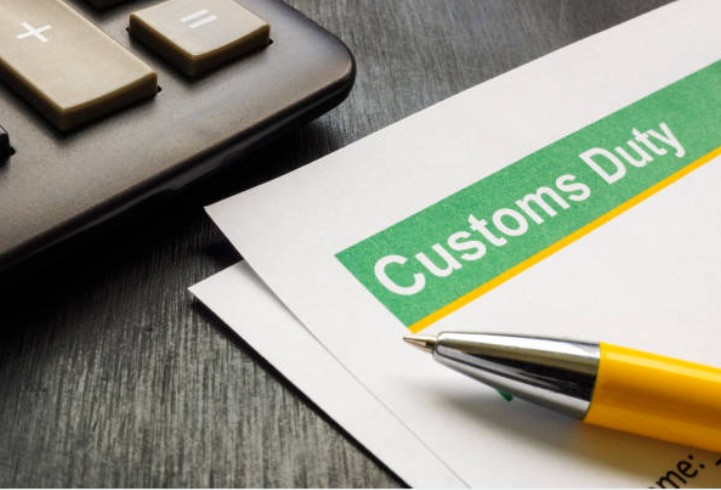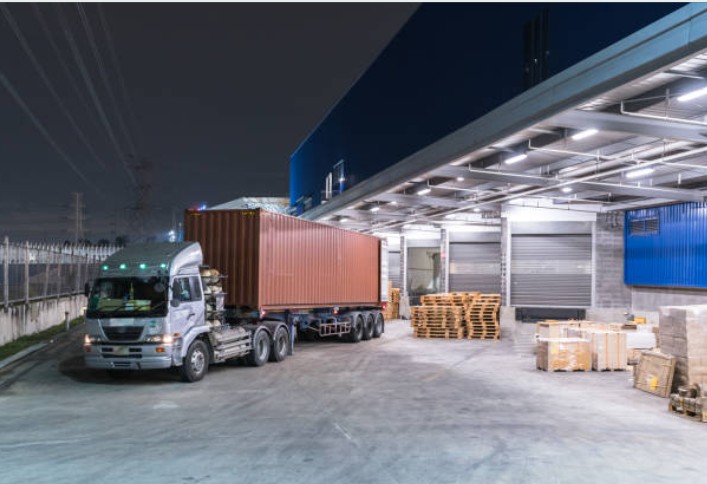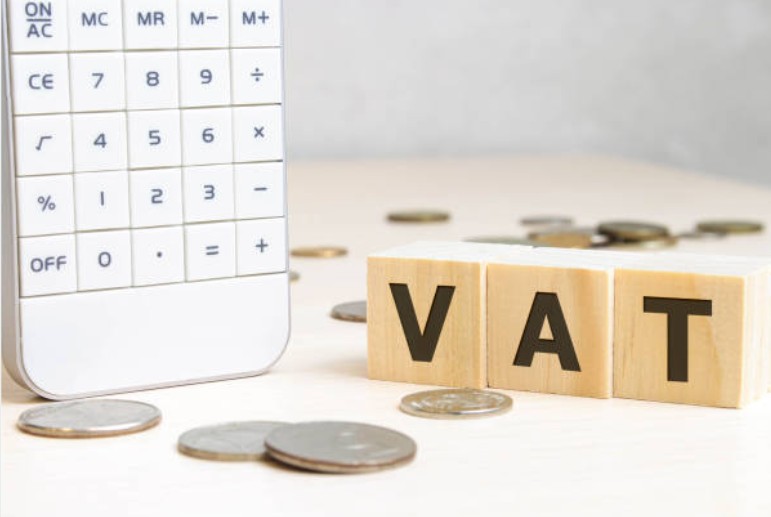Importing goods into the UK comes with its own set of challenges, especially when it comes to understanding how to calculate import duty and VAT. These costs can have a significant impact on your overall expenses when bringing products into the UK, whether for business or personal use. To help simplify the process, this guide will walk you through everything you need to know about how to calculate import duty and VAT UK.
Understanding these calculations ensures that you avoid unexpected costs and make informed decisions regarding imports.
What Is Import Duty and VAT in the UK?
Import Duty:

Import duty is a tax levied by customs authorities on goods that are brought into the country. In the UK, this duty applies to goods imported from outside the EU. The amount of duty charged depends on various factors, such as the value of the goods, their category, and their country of origin. The UK has specific customs codes that determine how goods should be classified, which directly influences the duty rate applied.
Import Duty is calculated based on the customs value, which includes the cost of the goods, plus any shipping, insurance, and handling costs.
VAT (Value Added Tax):
VAT is a type of tax charged on the majority of goods and services purchased in the UK. When goods are imported, VAT is applied to the total cost of the goods, which includes their purchase price, shipping, insurance, and import duty.
- Standard VAT rate: 20% (as of 2025).
- Reduced VAT rate: 5% on some specific items such as energy-saving products or children’s car seats.
- Zero VAT rate: Some goods, such as books, newspapers, and most food, are exempt from VAT.
Understanding both of these charges is essential for accurately calculating your total import business costs.
How to Calculate Import Duty and VAT UK? A Step-by-Step Guide
To ensure you’re fully aware of the costs associated with importing goods into the UK, follow these steps carefully:
Step 1: Calculate the Customs-Assessed Value of the Goods
The customs value is the amount upon which both import duty and VAT are calculated. This includes:
- The purchase price of the goods.
- The shipping cost from the supplier to the UK.
- The insurance cost is related to the shipment of the goods.
Example:
- Item cost: £200
- Shipping cost: £25
- Insurance cost: £5
Customs value = £200 + £25 + £5 = £230
The customs value is essential, as it determines both the import duty and VAT.
Step 2: Find the Correct Commodity Code
Each imported item falls under a commodity code, which is used to classify the goods in the UK tariff system. The commodity code is critical because it determines the duty rate that will be applied to the goods.
To find the correct commodity code:
- Visit the UK Government’s Trade Tariff website.
- Search for your product’s category to obtain the correct code.
Commodity codes are determined based on factors such as the material of the product, its use, and its manufacturing process. The duty rate is applied according to this classification.
Step 3: Calculate the Import Duty
Once you have the customs value and commodity code, you can calculate the import duty. This is done by multiplying the customs value by the applicable duty rate.
Formula:
Import Duty = Customs Value × Applicable Tariff Rate
Example:
- Customs value: £230
- Duty rate: 12% (based on the commodity code)
Import Duty = £230 × 12% = £27.60
Step 4: Calculate VAT on Imports
Once you’ve calculated the import duty, the next step is to calculate the VAT. The VAT rate is applied to the total landed cost, which includes the customs value of the goods, the import duty, and any other related costs such as shipping and insurance.
Formula:
Import VAT = (Customs Value + Import Duty) × VAT Rate
Example:
- Customs value: £230
- Import duty: £27.60
- VAT rate: 20% (standard rate)
Import VAT = (£230 + £27.60) × 20% = £51.52
Step 5: Determine the Total Cost of the Goods
After calculating both import duty and VAT, the final step is to add them to the customs value to determine the total cost of your imported goods.
Formula:
Total Cost = Customs Value + Import Duty + VAT
Example:
- Customs value: £230
- Import duty: £27.60
- Import VAT: £51.52
Total Cost = £230 + £27.60 + £51.52 = £309.12
Table: Import Duty and VAT Calculation Breakdown
Here’s a clear table chart showing a simplified example of how to calculate import duty and VAT in the UK:
| Calculation Component | Amount (£) | Explanation |
| Goods Value | £200 | Base cost of the product |
| Shipping | £25 | Cost to ship to the UK |
| Insurance | £5 | Optional insurance cost |
| Customs Value | £230 | Sum of above (used to calculate duties) |
| Import Duty (12%) | £27.60 | 12% of the customs value |
| VAT (20%) | £51.52 | 20% of the customs value + import duty |
| Total Import Cost | £309.12 | Final landed cost of the goods |
This example reflects how a simple product priced at £200 could end up costing over £309 once import duties and VAT are applied.
What Happens If I Don’t Pay Import Duty or VAT?
Consequences of Non-payment

When importing goods into the UK, failing to pay import duty and VAT can lead to serious consequences, including fines, delays, and even confiscation of the goods. The UK Customs and Border Protection authorities (HMRC) are very strict about enforcing nationwide payment for these taxes, and here’s what could happen if you don’t pay:
- Customs Delays: If you do not pay your import duty or VAT, customs will likely hold your goods at the border until the required taxes are paid.
- Penalties: HMRC may impose fines for non-compliance, and if it’s determined that you deliberately tried to avoid payment, you could face even larger fines or legal consequences.
- Confiscation of Goods: In extreme cases, goods may be confiscated if the import taxes are not paid within the required time frame. This can result in a loss of the imported items, leading to financial losses and reputational damage.
How to Avoid These Consequences
- Know Your Responsibilities: Ensure you’re aware of the duty and VAT rates applicable to your imports before they reach the UK. You can use the UK’s Trade Tariff tool to find the correct commodity codes and their corresponding duty rates.
- Pay Promptly: If you’re expecting your goods to arrive, ensure you have the necessary funds ready for payment. Using Postponed VAT Accounting (PVA) can help manage payments efficiently.
- Use a Customs Broker: If the process seems complicated or overwhelming, consider hiring a customs broker. They will ensure that all duties and VAT are paid promptly, helping you avoid fines or delays.
What Are the Different Methods to Pay Import Duty and VAT?
Payment Methods for Import Duty and VAT
When your goods arrive in the UK, customs will issue a customs declaration for you to settle any outstanding import duty and VAT. There are multiple ways you can pay these charges:
1. Postponed VAT Accounting (PVA):
- PVA is a system that allows businesses to account for VAT on their import declarations rather than paying it upfront at the time of import. This can be very beneficial for cash flow management, especially for businesses that frequently import goods.
- To use PVA, you must be VAT-registered and have Postponed VAT Accounting in place. You’ll account for the VAT on your next VAT return rather than paying the tax upfront to customs on the tax code.
2. Direct Debit Payment:
- If you’re registered for VAT in the UK, you may also be able to pay import duties and VAT via a Direct Debit setup. This allows the government to collect your payments automatically from your bank account.
- This method ensures a seamless payment process, helping you avoid delays in clearing goods.
3. Customs Duty Payment via Online Platforms:
- If you’re importing as an individual or a business, you can pay customs duty and VAT directly through the HMRC online portal. After your goods are assessed, HMRC will send you a payment request, and you can make the payment using your debit card or credit card.
- For businesses, HMRC offers the Customs Declaration Service (CDS), which enables the electronic submission of customs declarations and payments.
4. Customs Warehouse:

- Goods imported into a customs warehouse are stored without paying import duty and VAT immediately. This method is often used by businesses that import large quantities and intend to export the goods again. They will only pay the duty and VAT when the goods are taken out of the warehouse for domestic use or sale.
Benefits of Various Payment Methods
- Flexibility: Options like PVA and Direct Debit offer flexibility in how you pay, ensuring you can manage your cash flow efficiently.
- Simplicity: Online payment portals streamline the process, reducing the need for paperwork and allowing you to quickly settle your charges.
- Efficiency: Using a customs warehouse can reduce upfront costs and simplify your import process, especially if you’re frequently moving goods across borders.
Conclusion: Navigating Import Duty and VAT in the UK
Calculating import duty and VAT UK is an essential part of the importing process. Whether you’re a business owner or individual importing goods for personal use, understanding how to calculate these costs can save you money and prevent surprises at the border.
By following the steps outlined in this guide, you’ll be able to calculate the total cost of your imports, including import duty and VAT, with confidence.
If you ever feel unsure about the calculations, consider seeking the assistance of a customs expert to guide you through the process. Importing goods can be complex, but with the right information, you can ensure that you’re compliant with UK regulations and avoid unnecessary costs.
Frequently Asked Questions (FAQs)
Can I avoid paying import duty?
While you cannot entirely avoid import duty, there are exemptions or reductions in certain cases, such as when you’re importing goods under a trade agreement or if your goods fall below certain thresholds.
Can I claim back VAT on imports?
Yes, businesses registered for VAT in the UK can reclaim the VAT paid on imports by including it in their VAT returns.
What is Postponed VAT Accounting (PVA)?
PVA allows businesses to account for import VAT on their VAT returns rather than paying it upfront when goods are imported.






